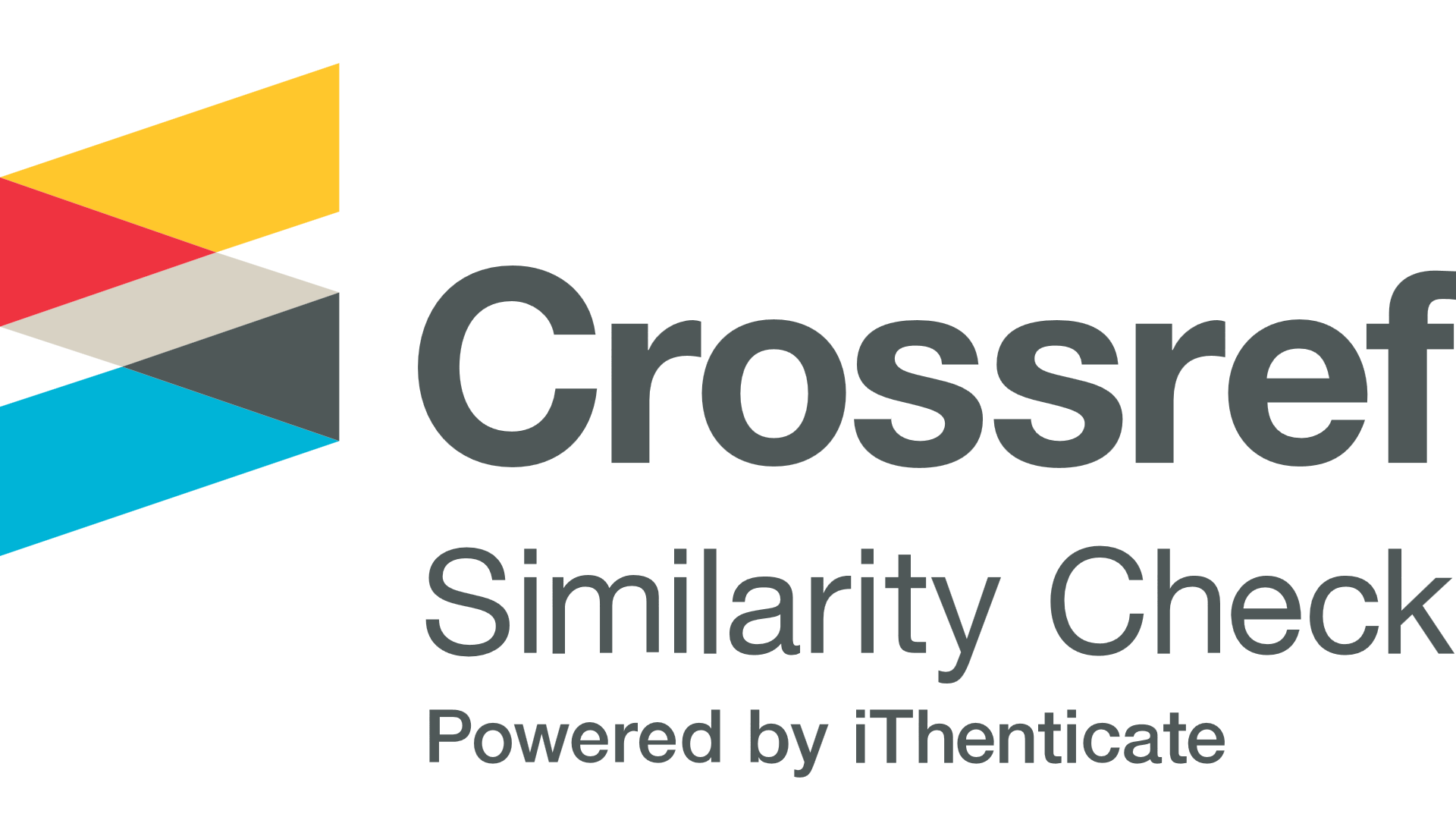IMPORTÂNCIA DA ESTIMATIVA DO FLUXO GÊNICO EM GRAMÍNEAS DE CLIMA TROPICAL PARA O MELHORAMENTO GENÉTICO DE PLANTAS
DOI:
https://doi.org/10.18593/eba.v16i1.7581Palavras-chave:
escape gênico, forrageiras, Brachiaria, Panicum, pólenResumo
O fluxo gênico, ou escape gênico, é definido como a troca de alelos entre indivíduos, isto é, a transferência de alelos de uma variedade/espécie para outra. Os fatores climáticos, como velocidade e direção do vento, temperatura e umidade relativa podem interferir no fluxo gênico por afetar a distância, a duração e a quantidade de pólen liberado. A utilização da engenharia genética nos programas de melhoramento genético de forrageiras tropicais e a falta de informação sobre o fluxo gênico nessas gramíneas gerou a necessidade de se conhecer o fluxo de genes em espécies de valor econômico, principalmente do gênero Brachiaria e Panicum por serem as mais utilizadas na dieta de ruminantes no Brasil. Os objetivos desta revisão foi esclarecer o que é o fluxo gênico e como pode ocorrer na natureza; além disso, mostrar os modelos experimentais de investigação usados no melhoramento genético de plantas forrageiras e gerar conhecimento para futuras aplicações em sistemas agrícolas transgênicos com espécies dos gêneros Brachiaria e Panicum em regiões tropicais. O fluxo gênico é um evento natural entre diferentes espécies de plantas e pode ser controlado por barreiras físicas, temporais ou modo de reprodução. O delineamento mais utilizado para a investigação de fluxo gênico em gramíneas é o concêntrico, e análises moleculares são excelentes ferramentas para auxiliar na investigação de fluxo gênico em plantas. Conhecer o fluxo gênico em plantas é indispensável para garantir a liberação e regularização de eventos geneticamente modificados.
Palavras-chave: Escape gênico. Forrageiras. Brachiaria. Panicum. Pólen.
Downloads
Referências
Uncategorized References
BARTSCH, D.; SCHUPHAN, I. Lessons we can learn from ecological biosafety research. Journal of Biotechnology, v. 98, n. 1, p. 71-77, 9/11/ 2002. ISSN 0168-1656. Disponível em: < http://www.sciencedirect.com/science/article/pii/S0168165602000871 >.
BORÉM, A. Escape gênico. Biotecnologia Ciência e Desenvolvimento, v. 10, p. 101-107, 1999.
BORÉM, A. Considerações sobre o fluxo gênico. Biotecnologia Ciência e Desenvolvimento n.34, p. 86-90, jan./jun. 2005.
BRUNES, T. O. R., P. H. N.; BRONDANI, R. P. V.; MOURA NETO, F.; NEVES, P. DE C. F.; BRONDANI, C. FLUXO GÊNICO ENTRE ARROZ VERMELHO E ARROZ CULTIVADO ESTIMADO POR MEIO DE MARCADORES MICROSSATÉLITES. Pesquisa Agropecuária Tropical, v. 37, p. 86-92, 2007.
DOEBLEY, J. et al. Genetic and morphological analysis of a maize-teosinte F2 population: implications for the origin of maize. Proceedings of the National Academy of Sciences of the United States of America, v. 87, n. 24, p. 9888-9892, 1990. ISSN 0027-84241091-6490. Disponível em: < http://www.ncbi.nlm.nih.gov/pmc/articles/PMC55279/ >.
ELLSTRAND, N. C. When Transgenes Wander, Should We Worry? Plant Physiology, v. 125, n. 4, p. 1543-1545, 2001. ISSN 0032-0889
-2548. Disponível em: < http://www.ncbi.nlm.nih.gov/pmc/articles/PMC1539377/
http://www.ncbi.nlm.nih.gov/pmc/articles/PMC1539377/pdf/hw1543.pdf >.
FUNK, T.; WENZEL, G.; SCHWARZ, G. Outcrossing frequencies and distribution of transgenic oilseed rape (Brassica napus L.) in the nearest neighbourhood. European Journal of Agronomy, v. 24, n. 1, p. 26-34, 2006. ISSN 11610301.
KOSOLAPOV, V. M.; CHESNOKOV, Y. V. Possible environmental risks at commercial growing transgenic forage crops. Russian Journal of Plant Physiology, v. 62, n. 2, p. 143-152, 2015. ISSN 10214437 (ISSN). Disponível em: < http://download.springer.com/static/pdf/113/art%253A10.1134%252FS1021443715020089.pdf?originUrl=http%3A%2F%2Flink.springer.com%2Farticle%2F10.1134%2FS1021443715020089&token2=exp=1435153611~acl=%2Fstatic%2Fpdf%2F113%2Fart%25253A10.1134%25252FS1021443715020089.pdf%3ForiginUrl%3Dhttp%253A%252F%252Flink.springer.com%252Farticle%252F10.1134%252FS1021443715020089*~hmac=c629866ec3ecb23213c96ddedbffa04e98d437c75968ce780f4821b826e9f525 >.
OKUBO, A.; LEVIN, S. A Theoretical Framework for Data Analysis of Wind Dispersal of Seeds and Pollen. Ecology, v. 70, n. 2, p. 329-338, // 1989. Disponível em: < http://dx.doi.org/10.2307/1937537 >.
RIESEBERG, L. H.; BURKE, J. M. The biological reality of species: gene flow, selection, and collective evolution. Taxon, p. 47-67, 2001.
ROGNLI, O. A.; NILSSON, N.-O.; NURMINIEMI, M. Effects of distance and pollen competition on gene flow in the wind-pollinated grass Festuca pratensis Huds. Heredity, v. 85, n. 6, p. 550-560, 12/01/print 2000. ISSN 0018-067X. Disponível em: < http://dx.doi.org/10.1046/j.1365-2540.2000.00789.x >.
SOREN, K. R. et al. EST-SSR analysis provides insights about genetic relatedness, population structure and gene flow in grass pea (Lathyrus sativus). Plant Breeding, v. 134, n. 3, p. 338-344, 2015. ISSN 01799541 (ISSN). Disponível em: < http://www.scopus.com/inward/record.url?eid=2-s2.0-84930570755&partnerID=40&md5=fbe27d82d9415073f0ac7c1876a30590http://onlinelibrary.wiley.com/store/10.1111/pbr.12268/asset/pbr12268.pdf?v=1&t=ibasp3ng&s=07455625f47c421a79831e3b52fa803d4d065427 >.
STEWART, C. N.; HALFHILL, M. D.; WARWICK, S. I. Transgene introgression from genetically modified crops to their wild relatives. Nat Rev Genet, v. 4, n. 10, p. 806-817, 10//print 2003. ISSN 1471-0056. Disponível em: < http://dx.doi.org/10.1038/nrg1179 >.

Downloads
Publicado
Como Citar
Edição
Seção
Licença
Declaração de Direito Autoral
Os autores mantêm os direitos autorais e concedem à Revista o direito de primeira publicação, com o trabalho licenciado simultaneamente sob uma Licença Creative Commons – Atribuição – Não Comercial 4.0 Internacional.










